Art isn’t just a means of self-expression and creativity. It is also an effective tool in developing fine motor skills, especially for children with disabilities. When these young minds engage in art activities like painting, sculpting or drawing, they’re not only creating beautiful masterpieces but also working on their hand-eye coordination, manipulative skills and tactile sensitivity. These art-infused exercises can be great fun and immensely beneficial, providing children with a unique avenue for enhancing these vital skills, all while allowing their creativity to bloom.
Why fine motor skills are important
Building fine motor skills in young children is crucial for their overall development. These skills form the foundation for many everyday tasks that require precision and control, such as writing, buttoning clothes or using cutlery. Enhancing fine motor abilities not only contributes to a child’s independence but also facilitates their academic progress. For instance, the strength and dexterity developed through fine motor activities support handwriting skills, an essential tool for communication and learning in the classroom. Fine motor skills are also intertwined with cognitive development, problem-solving skills and critical thinking. Nurturing these abilities from an early age can set the stage for a child’s future success and self-confidence.
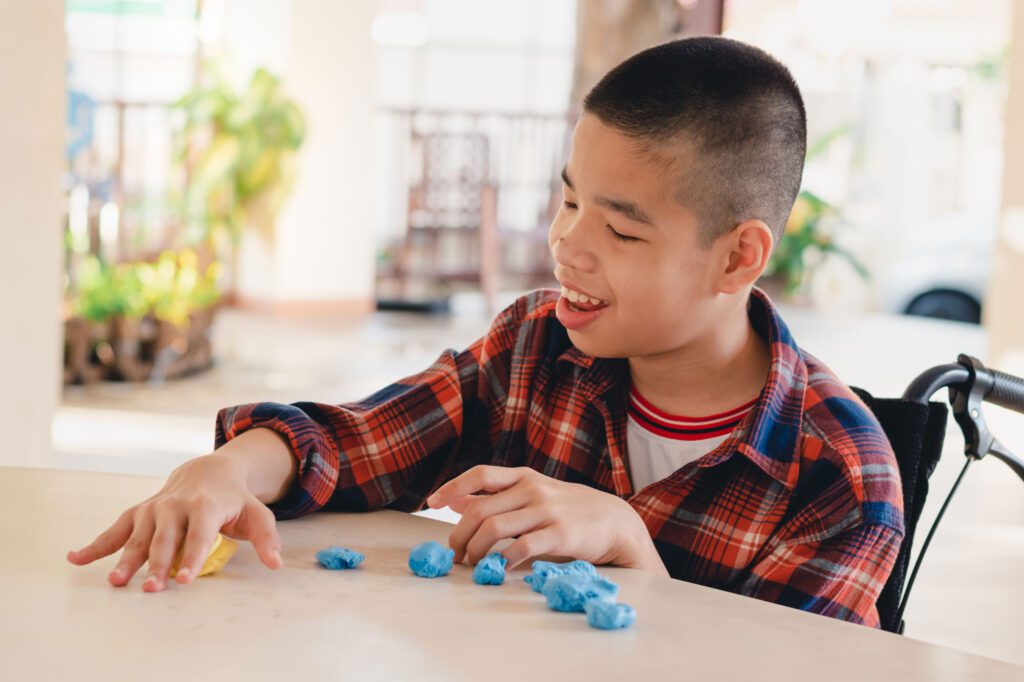
Creative activities for fine motor development
Arts and crafts provide the perfect medium for developing fine motor skills in a fun way. Here are a few simple activities that can be done at home or in a classroom setting using everyday materials.
Newspaper sculptures: This activity involves crumpling, folding and rolling newspapers to construct various shapes and structures. It can be as simple as making a ball or as intricate as creating a miniature cityscape. This exercise not only stimulates creativity but also helps in developing hand strength and coordination.
Fabric scrap collages: This activity invites children to create art by gluing fabric scraps onto a piece of cardboard or heavy paper. Cutting fabric pieces of different shapes and sizes and sticking them requires careful manipulation and precision, promoting the development of fine motor skills. Plus, the variety of textures adds an exciting sensory element.
Popsicle stick puzzles: This activity requires a set of Popsicle sticks and some washable markers. Align the Popsicle sticks side by side and draw a picture across them. Once the drawing dries, mix up the sticks and let the child reassemble the picture. This activity encourages problem-solving and fine motor precision.
Playdough sculpting: Using playdough or modeling clay, children can roll, squeeze and mold shapes. This activity strengthens hand muscles and enhances dexterity.
Building with blocks or Legos: Stacking and arranging small blocks or Legos can enhance hand strength and coordination. Legos allow for more intricate structures and can even be used to teach basic math concepts.
Fostering fine motor skills through parental support
Parents play a critical role in a child’s development, and supporting and encouraging your child’s development through art can be achieved in various ways. By providing a variety of materials such as crayons, paints, clay, fabric scraps or crafting foam, you can introduce your child to different art mediums. This not only challenges their fine motor manipulation but also exposes them to diverse sensory experiences.
Creating art together with your child offers an excellent opportunity for bonding. Your engagement in their creative pursuits can motivate them to expand their creative boundaries and improve their motor skills. Encouraging exploration is also crucial. Allowing children to experiment with their artwork aids their creativity, emphasizing the importance of the process rather than striving for a “perfect” outcome. Additionally, showcasing your child’s masterpieces can boost their confidence and motivate them to continue creating, which further reinforces their development.
Finally, integrating art into everyday activities, such as baking and decorating cookies, gardening or making DIY gifts, can incorporate elements of art and enhance fine motor skill development outside the traditional art setting. Remember, every child is unique and their artistic journey will be too. Celebrate their individuality and progress, and most importantly, ensure the experience is always enjoyable and enriching.
Posted in: Uniquely Us
Comment Policy: All viewpoints are welcome, but comments should remain relevant. Personal attacks, profanity, and aggressive behavior are not allowed. No spam, advertising, or promoting of products/services. Please, only use your real name and limit the amount of links submitted in your comment.
Trackbacks
Leave a Reply
You Might Also Like...

Fostering a More Inclusive Community: Special Olympics of Northern California
The Special Olympics, founded by Eunice Kennedy Shriver in 1968, is an organization that serves millions of athletes in over 190 countries, promoting inclusivity, empowerment and community engagement. Here in […]

Uniquely Us: How to Make the IEP Process a Little Less Stressful
For most parents of special needs children, Individualized Education Plan (IEP) meetings are a routine part of life once their child is old enough to start school. Regardless of whether […]
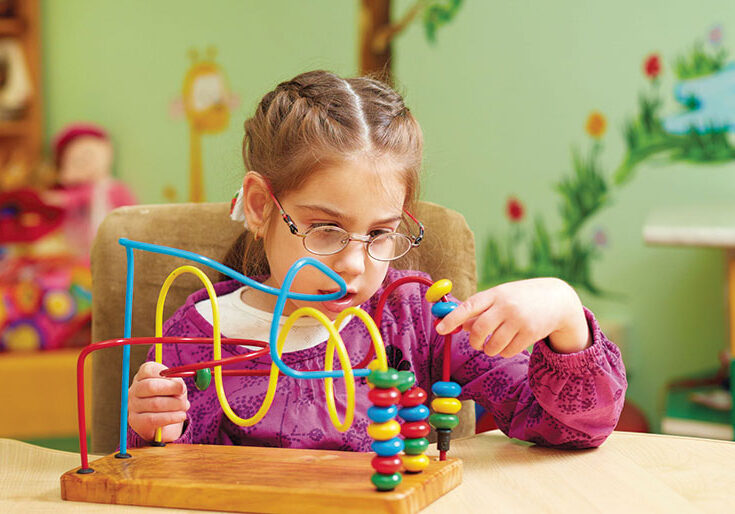
The Challenges of Finding After-School Care
As any parent of a child with special needs can attest, finding reliable, trustworthy childcare is difficult. It is even more so when it comes to searching for after-school care. […]
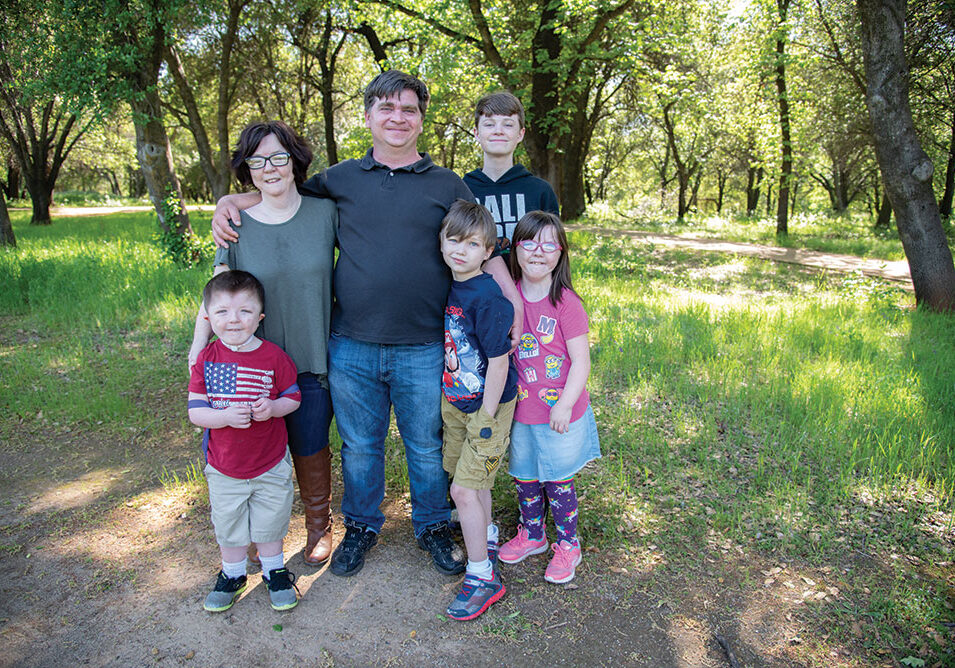
Uniquely Us: The Elusive Date Night
The Elusive Date Night Orchestrating a date night can be quite a task for any parents. When your kids have special needs, the challenge is even greater, for a multitude […]



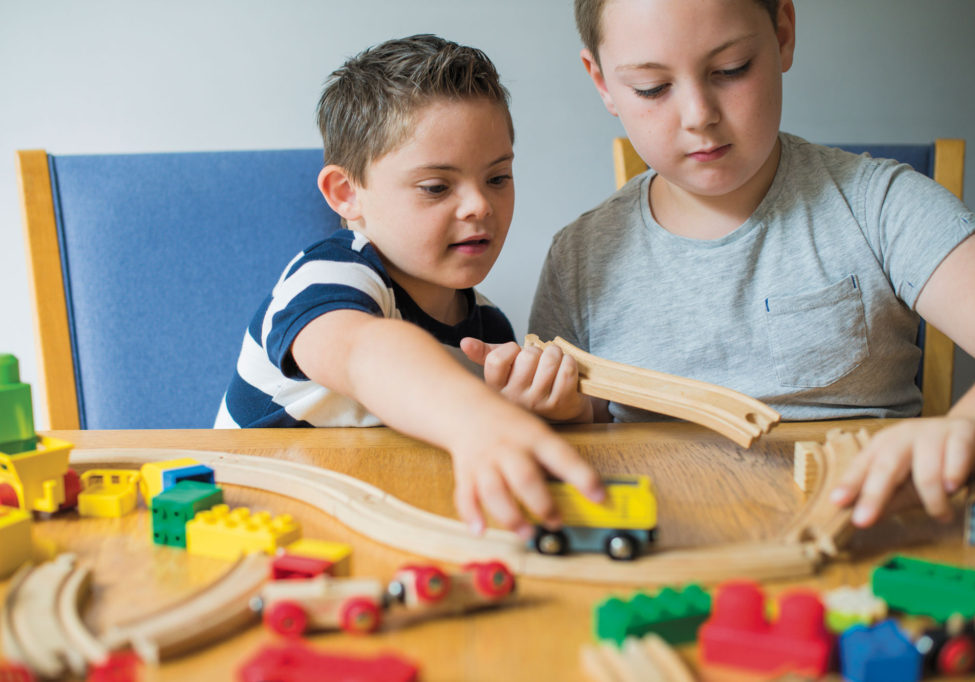
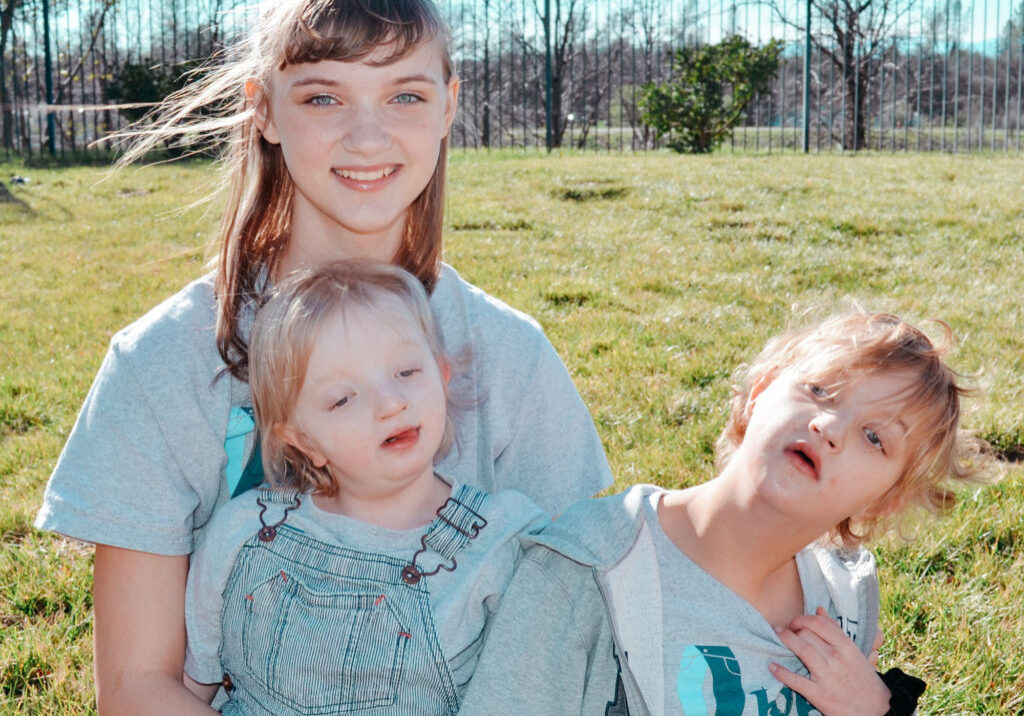
[…] Each child can create their thankful tree by tracing their handprints on colored construction paper. They can write or draw something they are grateful for on each handprint and attach it to a large paper tree on the classroom wall. This autumn activity for preschool fosters gratitude while enhancing fine motor skills and creativity. […]